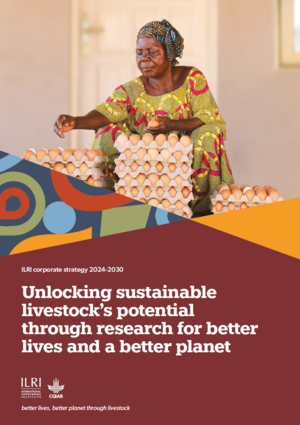
Food safety in Kenya: Status, challenges, and proposed solutions
Abstract
Foodborne disease—that is, disease caused by consuming foods contaminated with biological or chemical hazards—is an important and often underrecognized public health concern in low- and middle-income countries around the world, including Kenya. While comprehensive national statistics on the foodborne disease burden are not available, the best available evidence from the region indicates that diseases transmitted via contaminated food have a greater impact on public health in Africa than either tuberculosis or diabetes (Havelaar et al. 2015; GBDCN 2016). Beyond its contribution to illness and death, foodborne disease also plays a role in child stunting, which remains a persistent problem in Kenya, affecting 16 percent of children (KNBS and ICF 2023). One study based on 20 years of data from 5 countries attributed 25 percent of stunting to repeated diarrheal episodes (Checkley et al. 2008), many of which can be traced to microbial contamination of food.
Citation
Hoffmann, Vivian; Alonso, Silvia; and Kang'ethe, Erastus. 2023. Food safety in Kenya: Status, challenges, and proposed solutions. In Food Systems Transformation in Kenya: Lessons from the Past and Policy Options for the Future, eds. Clemens Breisinger, Michael Keenan, Juneweenex Mbuthia, and Jemimah Njuki. Part 2: Toward healthier food systems, Chapter 5, Pp. 105-129. https://doi.org/10.2499/9780896294561_05.




